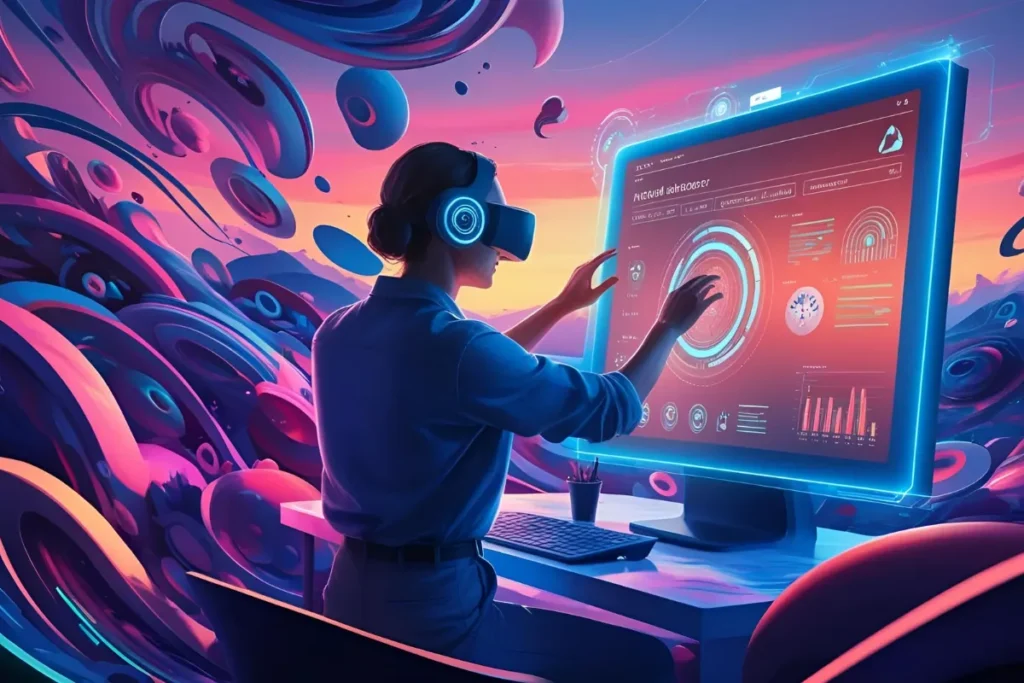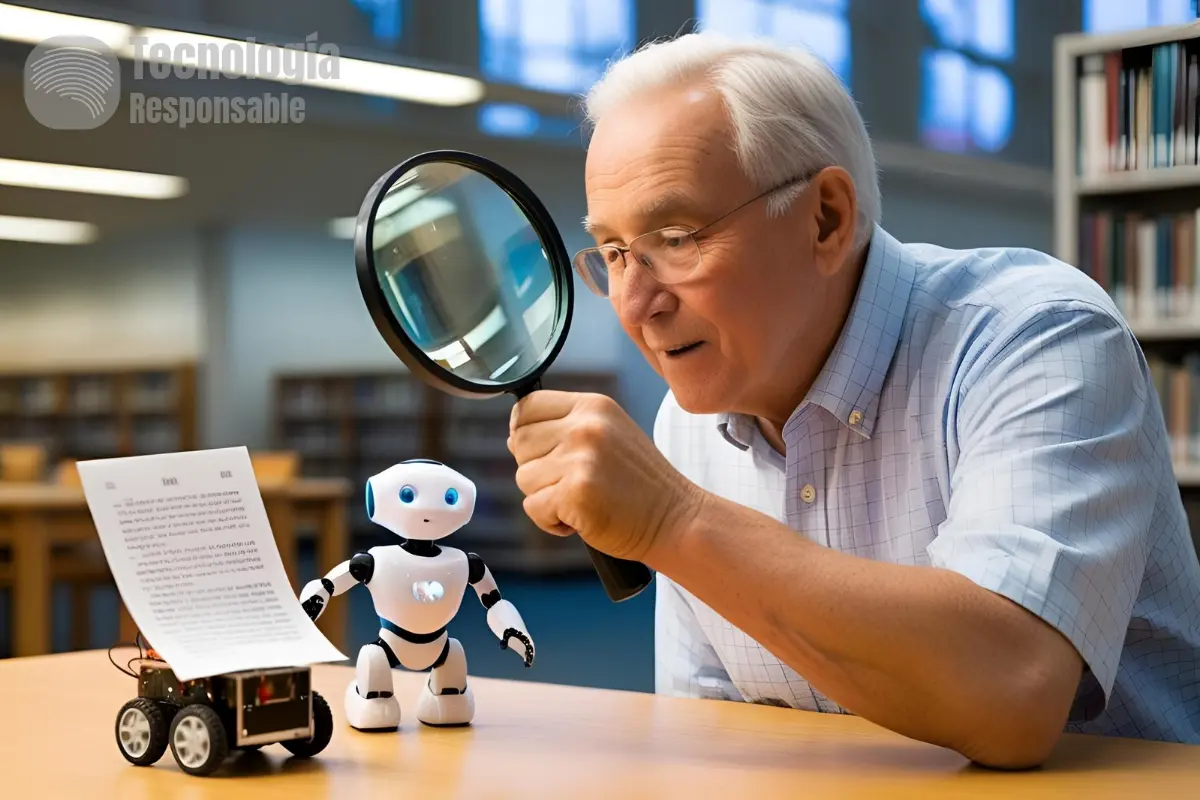I myself have had this concern since the emergence of artificial intelligence (AI) brought tools like ChatGPT, capable of generating texts that can be indistinguishable from human writing. Therefore, knowing how we can detect texts generated by artificial intelligence is crucial, and although it can be difficult, there are very effective methods, such as using special software capable of detecting AI texts. But here, I’ll teach you some methods to detect AI texts yourself:
Table of Contents
How to Detect AI Yourself?
To make it easier for us to detect AI, I recommend doing a linguistic analysis to look for patterns, thus becoming a human AI detector.
Formality:
ChatGPT has a very specific way of writing, using a very formal and precise language, and always avoids popular jargon and informal expressions.
Predictable Structure:
The texts that ChatGPT creates have a clear and predictable structure, that is, it always uses an introduction, development, and conclusion, and never varies from this, unless the prompt indicates otherwise.
Repetitions:
Artificial intelligences often repeat words or phrases frequently. Just read some AI texts to start finding these language patterns.
Limitations in Specific Knowledge:
ChatGPT often has limitations with topics that require very deep knowledge, or with knowledge from small communities.
Data and Source Verification:
ChatGPT can generate texts with false or inaccurate information. This is because AI is forced to always give an answer, and if it doesn’t have enough information on a topic, it makes things up to fill in the missing information. I know, this is terrible! So, if the analyzed text does not cite sources, it is likely that it was made by AI.

Difficulty Maintaining Coherence:
AI often has difficulty maintaining coherence in long and complex texts, and this is another way to know if a text was made with AI. Many times, people just “copy and paste” without checking if the text is coherent, and it turns out that in some parts it talks about things that have nothing to do with the topic.
Generic Responses:
AI lacks personal experiences, so it always talks about generic things. Therefore, ChatGPT can offer texts that seem predefined or very generic.
Lack of Human Errors:
AI texts often have perfect spelling and generate texts that are always grammatically correct, unlike humans and especially students who may miss an accent or a spelling error.

How to Check if the Text Was Made by AI:
There is a very practical way that can be a good AI detector with ChatGPT to know if your students are doing their homework with artificial intelligence easily and for free. If you have access to ChatGPT, you can ask it to write a text on the analyzed topic and compare it with your students’ text, and if the text has many similarities with the one given by the AI, it is possible that the text was written by an AI.
Other Ways to Detect ChatGPT Texts Online:
The fastest way I know to detect artificial intelligence is to use tools to detect AI-generated texts and clear doubts. Here, I’ll present you with the best tools to detect AI:
✅ Best Tools to Detect AI

ChatGPT Zero
One of the best AI detectors on the current market, intuitive and easy to use with affordable prices for everyone.
View Offer
Originality.ai
The best AI detector currently on the market, with many features to prevent AI-generated text plagiarism.
View Offer- GPTZero: A very popular tool for detecting AI-generated texts up to 5000 characters in its free version, or you can directly upload a document for analysis.
- AI Content Detector: A free alternative but with a limited number of tokens that indicates the percentage of falsity in a text, and also highlights the parts generated by AI.
- Writer AI Content Detector: This platform also indicates the percentage of falsity a text contains, with a limit of up to 5000 words.
- AI Text Classifier: OpenAI’s official tool (although it is discontinued) that helped detect texts generated by their own AI.
- Originality: This tool is paid, and although it has a free version that allows you to analyze only 1000 words, Originality is the most accurate tool for detecting AI-generated texts I have seen.

How to Prevent Students from Using AI in Their Assignments
Personally, I think that banning artificial intelligence can be difficult or harmful at an educational level. It’s better to use these strategies to control its use:
- Design assignments that are more difficult to solve with AI:
- Ask for reflections or personal experiences, not just a direct answer.
- Ask students to explain how they arrived at their answer.
- Use local cases or local research; AI often has problems with recent information or information from a specific community.
- Promote authentic learning:
- Explain to your students that the value of real learning is better than just turning in an assignment and getting a good grade.
- Ask questions in class about their answers to verify their understanding.
- Use oral evaluation methods where group interaction is needed.
- Implement AI assignments in a guided way:
- Instead of banning it completely, teach your students to use AI ethically as a research assistant and not just to copy an answer.
- Ask them to cite or report if they have used AI in any of their answers.
- In-person evaluations:
- Group debates in class and in-person exams encourage students to demonstrate their knowledge without relying on AI.
- Artificial intelligence is not an enemy that should be banned. However, changing the focus of assignments to promote learning in children and adolescents can be a difficult task, although not impossible in this modern technological era.
Summary:
Detecting artificial intelligence texts can be difficult, and there are ways to bypass AI detection software. So, it is always useful to analyze the writing patterns and the tone in which the text is written, considering that humans tend to vary, get emotional, or make mistakes, in addition to maintaining coherence throughout the text.

